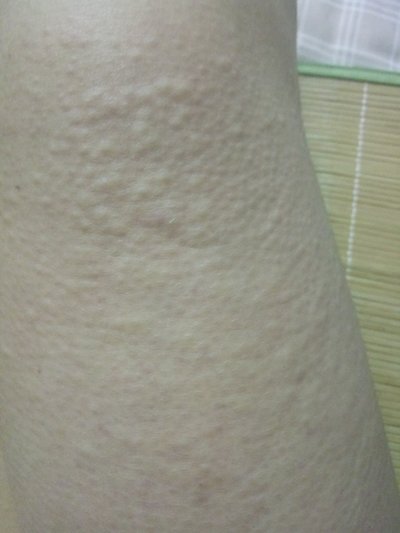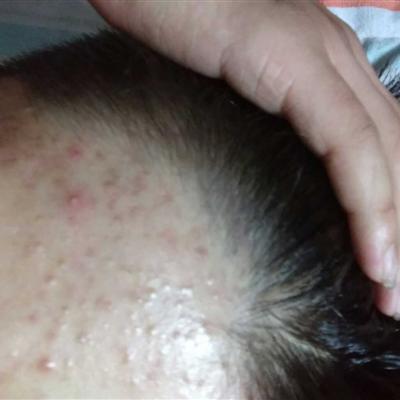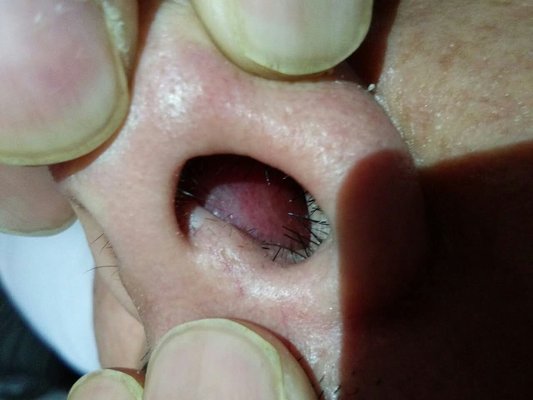Adult measles initial symptom?
summary
The incidence rate of measles in adults is increasing gradually due to the application of measles vaccine. Gastrointestinal symptoms were common, such as nausea, vomiting, diarrhea and abdominal pain; Skeletal myopathy, including joint and back pain; Measles mucosal spots exist for a long time, up to 7 days, eye pain is common, but photophobia is rare. Adult measles initial symptom? Let's talk about it
Adult measles initial symptom?
The incubation period was about 10 days (6-18 days). Those who have been exposed to measles or received passive immunization during incubation period can be delayed to 3-4 weeks. There may be slight temperature rise during the incubation period.

Prodromal phase also known as pre eruption, generally 3-4 days. The symptoms were similar to those of upper respiratory tract infection: (1) fever was seen in all cases, most of which were above moderate fever; ② Cough, runny nose, tears, pharyngeal congestion and so on, with eye symptoms prominent, conjunctival inflammation, eyelid edema, increased tears, photophobia, lower eyelid edge has an obvious congestion line (Stimson line), is very helpful for the diagnosis of measles. ③ The mucosal spots of measles appeared 24-48 hours before the eruption, with a diameter of about 1.0 mm and a red halo outside. At first, they only appeared on the buccal mucosa facing the lower molar, but they increased rapidly within one day, and could involve the whole buccal mucosa and spread to the lip mucosa. The mucosal rash disappeared gradually after the eruption, and there were dark red spots; ④ Urticaria, macular rash or scarlet fever like rash were occasionally seen, which disappeared when typical rash appeared; ⑤ Some cases may have some nonspecific symptoms, such as general discomfort, loss of appetite, and mental depression. But the temperature dropped slightly.

The rash stage is usually 3-4 days after fever. The temperature can rise to 40-40.5 ℃ suddenly. The rash is a rare and irregular red spot papule. The skin between the rashes is normal. The rash sequence also has its own characteristics: it starts at the back of the ear, neck, along the hairline edge, develops downward within 24 hours, and spreads all over the face, trunk and upper limbs. On the third day, the rash affects the lower limbs and feet. In severe cases, the rash often fusion, skin edema, facial edema deformation. Most of the rashes were discolored, but some had ecchymosis. There are lymphadenopathy and splenomegaly in the whole body, which last for several weeks. Mesenteric lymphadenopathy can cause abdominal pain, diarrhea and vomiting. Measles pathological changes of appendiceal mucosa can cause appendicitis symptoms. Delirium, irritability and drowsiness often occur in the extreme stage of the disease, especially in high fever. Most of them are transient. The fever subsides and disappears, which has nothing to do with the complications of the central nervous system. At this stage, there was moist rale in the lung, and X-ray examination showed increased lung markings.

matters needing attention
The use of live attenuated measles vaccine is an important measure to prevent measles, and its preventive effect can reach 90%. Although 5% - 15% of the vaccinated infants may have mild reactions, such as fever, discomfort, weakness, etc., and a few may have rashes after fever, they will not be secondary to bacterial infection and have no neurological complications. In China, the age of first vaccination is 8 months. If it is used too early, the maternal antibody retained in the baby will neutralize the immune effect of the vaccine. Since the seroconversion rate after immunization is not 100% and the immune effect becomes weak with time, measles vaccine should be vaccinated for the second time at the age of 4-6 or 11-12; Young people who enter university should be vaccinated against measles again. If the patients with acute tuberculosis need measles vaccine, they should be treated with tuberculosis at the same time.



















